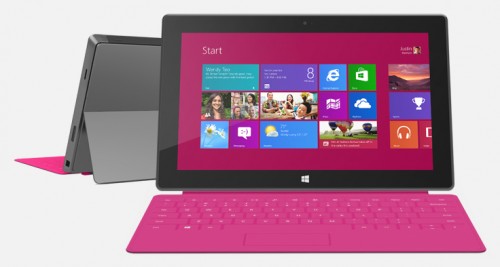On Monday I reviewed Tech21’s case for the Galaxy S6. Even the best cases leave the screen vulnerable to scratches and dirt, so to fully protect your phone, you need a good screen protector. Today I’m going to review Tech21’s Impact Shield screen protector for the Galaxy S6. Our thanks to Mobile Fun who provided the protector for this review.
Tech21 Impact Shield Screen Protector
Protection
Having use the Impact Shield screen protector for several years now, I’ve got a pretty good knowledge of the protection it gives. Whilst the screen protector itself does pick up scratches (which do very slowly fade with time) Tech21’s screen protector does a fantastic job of protecting the phone’s screen.
Over the course of 2 years, I replaced my screen protector twice, because it just collected too many scratches, however every time I pealed it off, the phone screen itself was fine. This newer version offers the same protection, just for the S6. The video below is made by Tech21 – it’s a drop test of a ball-bearing from six foot.
Application
 Tech21 have added a useful widget to the pack to help you apply the screen protector. This widget (very snugly) slots over your phone, helping you to line up the screen protector to exactly where it needs to be.
Tech21 have added a useful widget to the pack to help you apply the screen protector. This widget (very snugly) slots over your phone, helping you to line up the screen protector to exactly where it needs to be.
Before you apply the screen protector you need to remove any dust from the screen. The microfibre cloth that comes in the packet is pretty bad, and just seemed to spread dust, rather than remove it. I ended up using a glasses cloth to give the screen a proper clean.
Once all the dust is off, you remove one layer of the screen protector, stick it to the phone and then use the cardboard provided (also not very useful) to remove any bubbles, before removing the upper layer. Then you’re done; screen protector applied!
Clarity and Use
There is no noticeable difference in the quality of the display once the screen protector has been applied. Some screen protectors make the screen look fuzzy or distorted, however Tech21’s does not. I have noticed that when using the screen with the protector applied, there is slightly more friction between my figure and the phone, meaning it doesn’t glide as smoothly across as it would otherwise. You do get used to it however.
Price
The Impact Shield screen protector currently costs £25, which is to the higher end of the price spectrum.
Rating
The Impact Shield does its job well: protects the screen without compromising on clarity or usability. The level of protection it provides is great, but I’m not sure the regular user would really need it very often. The self-heal feature is good to have, but it doesn’t work quite as well as you might hope or expect.
![]() Ultimately taking into account the competition and Impact Shield’s relative price and protection, I’m going to rate it a generous 4 stars.
Ultimately taking into account the competition and Impact Shield’s relative price and protection, I’m going to rate it a generous 4 stars.


